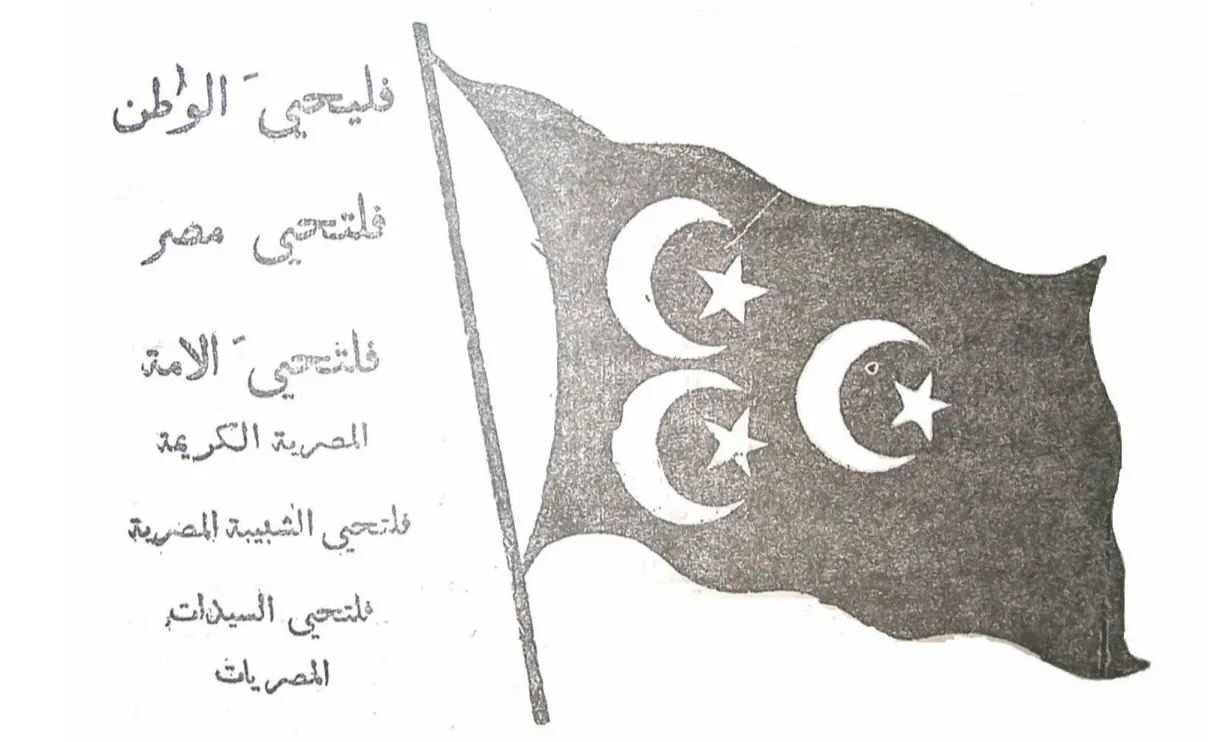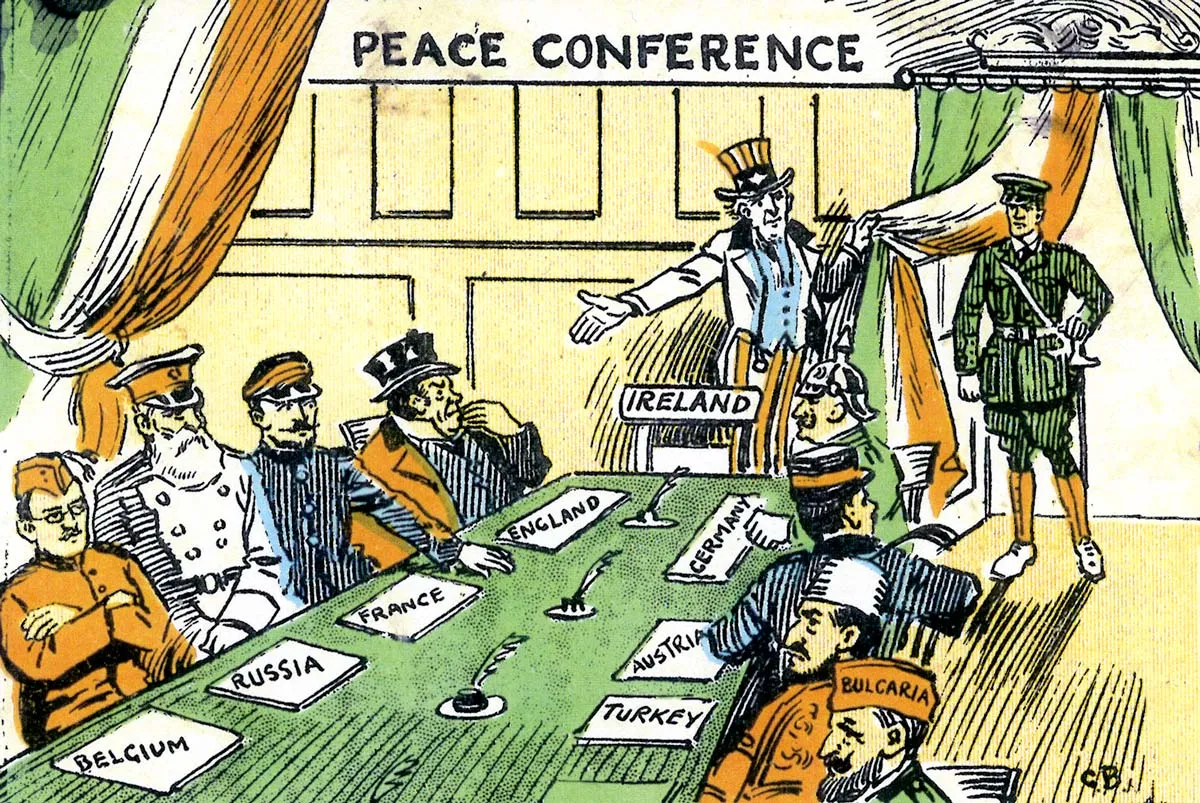“Each is the child of his mother”: Historical Imagination and Gender in Medieval West Africa
A discussion of the challenges of teaching gender in medieval West Africa and how we can use historical imagination to help students understand different perspectives.

As I have been putting together these posts on medieval West Africa, I’ve noticed that many secondary resources on the region rarely explicitly discuss gender roles. There are some well-known excerpts from Ibn Battuta in which he discusses men and women. Textbooks and monographs might include a passing reference to men and women, but these secondary sources rarely have any focused discussion on gender or women. As I was putting resources together for this post, I only found one article focused on women in Mali. (If anyone knows of other resources, please share them with me.)
This absence puzzled me. Even though the resources for this topic are limited, I always try to include some discussion of gender, no matter what subject I’m teaching. I don’t want to teach history classes that primarily focus on men. I want students to see how gender has always existed and how gender constructs have evolved across time and space. Regarding medieval West Africa, it seems as if speculating about how Mansa Musa’s wealth has become a more popular teaching topic than trying to understand the nuances of medieval West African ideas about gender.
Teaching about gender in medieval West Africa is challenging. We only have a few written sources, all written by men. There are many physical artifacts we can use, but these sources have limited value in the classroom. To help students understand how the people of West Africa between 1200 and 1600 understood gender, we want to embrace some creative approaches to using sources in new ways to tell stories about this period.
This content is for Paid Members
Unlock full access to Liberating Narratives and see the entire library of members-only content.
SubscribeAlready have an account? Log in



